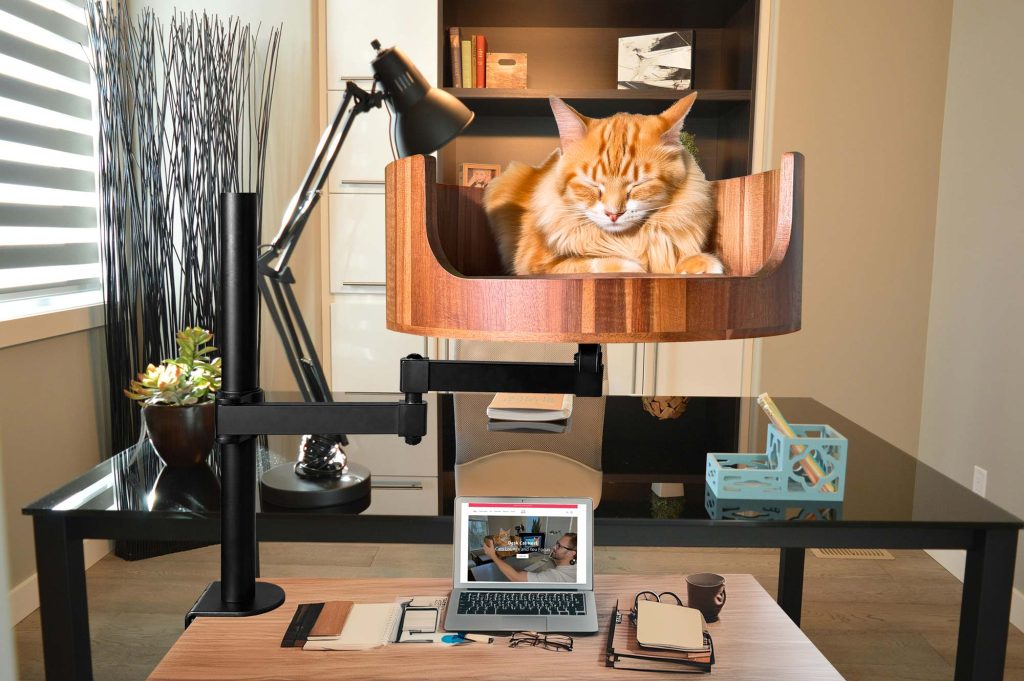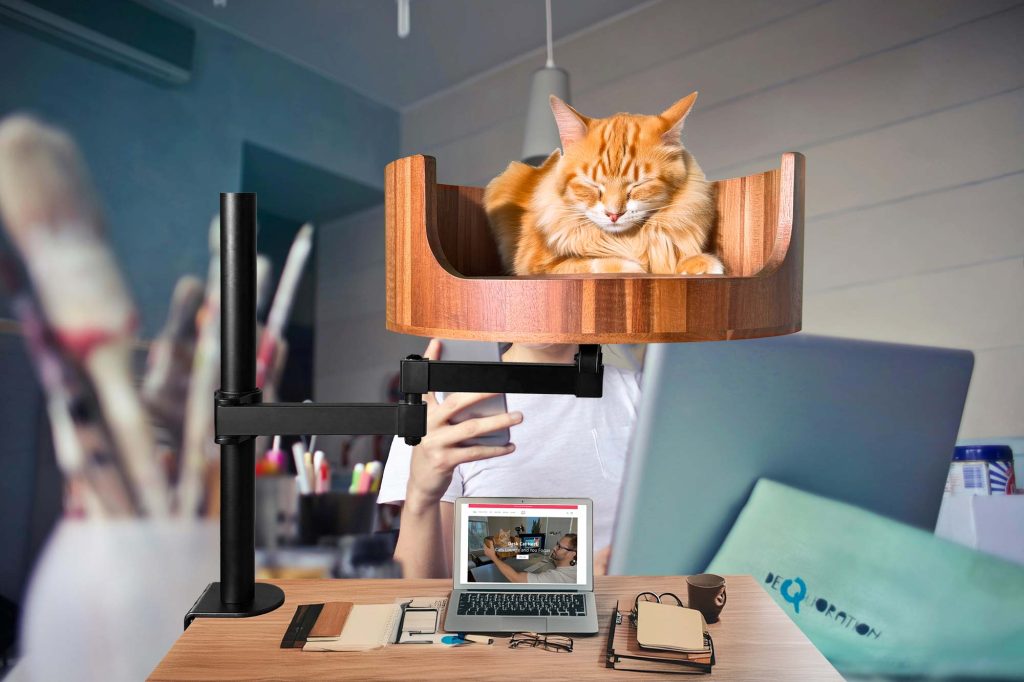Have you ever found yourself wondering why your cat meows at you constantly? While it may seem like your feline friend is simply being vocal for no reason, there is actually a deeper meaning behind their meows. Understanding feline communication is key to strengthening your bond with your cat and meeting their needs effectively.
In this article, we will explore the different reasons why cats meow at their owners, including seeking attention, expressing emotions, and asking for food or playtime. We will also delve into the various types of meows that cats use to communicate, such as short, sharp meows for greetings and long, plaintive meows for demands. By gaining insight into your cat’s vocalizations, you can learn to interpret their needs and respond accordingly, fostering a more harmonious relationship with your furry companion. So the next time your cat meows at you, instead of simply brushing it off, take a moment to listen and understand what they are trying to tell you.
1. Cats communicate through a variety of vocalizations, including meowing, to express their needs and emotions.
2. The frequency and tone of a cat’s meow can provide clues about their mood and desires.
3. Understanding your cat’s body language alongside their vocalizations can help decipher their messages more accurately.
4. Cats may meow at their owners for attention, food, or to signal discomfort or pain.
5. By paying close attention to your cat’s meows and body language, you can strengthen your bond and ensure their well-being.
Why Do Cats Meow?
Cats meow as a form of communication with humans. This behavior is typically reserved for interactions with people rather than other cats. Some common reasons why a cat might meow at you include hunger, wanting attention, feeling lonely, or seeking affection. It’s important to pay attention to the tone and volume of your cat’s meow, as different types of meows can indicate different needs or emotions.
Types of Meows and What They Mean
Cats have a wide range of vocalizations, each with its own meaning. A short, sharp meow may indicate your cat is greeting you, while a long, drawn-out meow could mean your cat is in distress. Paying attention to the context in which your cat is meowing can help you decipher what they are trying to communicate. For example, a cat that meows while bringing you a toy may be trying to initiate playtime, while a cat that meows at the door may be asking to go outside.
Other Forms of Feline Communication
In addition to meowing, cats communicate using body language, facial expressions, and scent marking. Understanding these different forms of communication can help you better understand your cat’s needs and emotions. For example, a cat that is purring and kneading on your lap is likely feeling content and seeking affection, while a cat that is hissing and arching its back may be feeling threatened or scared. By paying attention to your cat’s body language and vocalizations, you can build a stronger bond with your feline companion.
Case Studies of Cat Behavior
To further illustrate the importance of understanding feline communication, let’s look at a few case studies. For example, a cat owner may notice that their cat meows loudly every morning at the same time. After careful observation, the owner realizes that the cat is hungry and is trying to remind them to feed it. In another case, a cat owner may notice that their cat only meows when they are in a certain room. Upon investigation, the owner discovers that the room has a draft that is making the cat uncomfortable, leading to its vocalizations. These examples highlight how paying attention to your cat’s behavior and communication cues can help you address their needs and keep them happy and healthy.
Frequently Asked Questions
Why does my cat meow at me?
There are several reasons why your cat may be meowing at you. It could be hungry, seeking attention, in pain, or trying to communicate something to you. Make sure to observe your cat’s behavior and body language to determine the reason for its meowing.
Will using the Desk Cat Nest help reduce my cat’s meowing?
While the Desk Cat Nest provides a cozy and secure space for your cat to relax and feel comfortable, it may not directly reduce your cat’s meowing. However, providing your cat with a designated space to retreat to may help alleviate stress or anxiety, which could be contributing to excessive meowing.
Is excessive meowing a sign of a health issue?
Excessive meowing could be a sign of an underlying health issue, such as dental problems, thyroid issues, or cognitive dysfunction. If your cat’s meowing is persistent and accompanied by other concerning symptoms, it’s important to consult a veterinarian for a proper evaluation and diagnosis.
Can I train my cat to meow less?
It is possible to train your cat to meow less by identifying the triggers for its meowing and addressing them accordingly. Positive reinforcement training, consistency, and patience are key elements in modifying your cat’s behavior. Consulting with a professional animal behaviorist may also be beneficial in addressing excessive meowing.
In conclusion, providing your cat with a comfortable and cozy space like the Desk Cat Bed can greatly reduce excessive meowing. With its plush padding and enclosed design, this bed offers a sense of security and relaxation for your feline friend. By meeting your cat’s need for a private and soothing spot, you can help decrease stress and attention-seeking behaviors, ultimately leading to a quieter and happier pet-owner relationship. Invest in a Desk Cat Bed today and enjoy the benefits of a content and tranquil cat.


